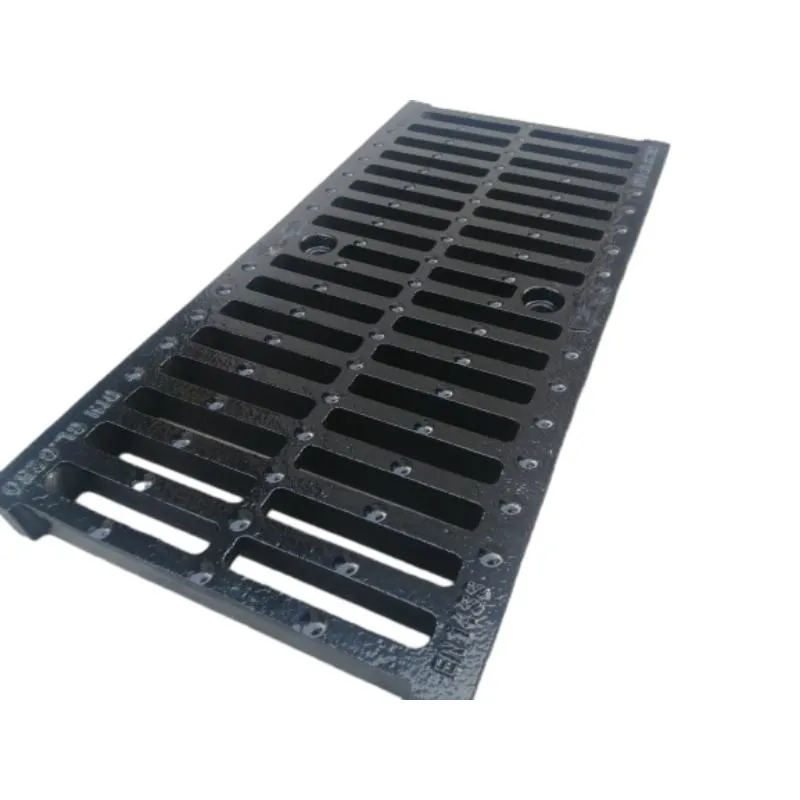central butterfly valve
Understanding Central Butterfly Valves Features and Applications
Central butterfly valves are essential components in various industrial applications, primarily for controlling the flow of fluids within piping systems. Their unique design and functionality make them an ideal choice for a wide range of industries, including water treatment, oil and gas, chemical processing, and HVAC systems.
Design and Structure
Central butterfly valves consist of a circular disc, known as a butterfly, which rotates around a central axis within the valve body. This disc is positioned perpendicular to the flow of the fluid when closed and parallel to the flow when fully open. The simplicity of the design allows for quick and efficient operation, predominantly using a quarter-turn movement. When the valve is turned, the disc either obstructs or permits the flow of the medium, which provides excellent regulation capabilities.
The valve body is generally constructed from materials such as stainless steel, cast iron, or PVC, depending on the specific application and the properties of the fluid being controlled. The choice of material is critical, as it affects the valve's durability, corrosion resistance, and overall performance. Additionally, the seal or gasket materials are chosen based on the temperature and pressure requirements of the application, ensuring a tight seal to prevent leaks.
Advantages
One of the primary advantages of central butterfly valves is their compact design, which saves space compared to other types of valves. This compactness is particularly beneficial in applications with limited installation space. Furthermore, the lightweight nature of butterfly valves leads to easier handling and installation, which can result in reduced labor costs during maintenance and replacement.
central butterfly valve

Another significant benefit is their ability to control flow effectively. Butterfly valves provide quick shut-off capabilities and can handle a wide range of flow rates. Their design allows for minimal pressure loss, ensuring efficient operation in fluid systems. Additionally, central butterfly valves can be easily automated, making them suitable for modern industrial applications that require remote operation and monitoring.
Applications
Central butterfly valves find extensive usage across various sectors. In the water treatment industry, they play a crucial role in regulating water flow and maintaining system pressure. In the oil and gas sector, these valves are vital for controlling the flow of hydrocarbons and ensuring safe operation in pipelines.
Moreover, chemical processing facilities utilize butterfly valves to manage corrosive and high-temperature fluids, where durability and reliability are paramount. HVAC systems also benefit from butterfly valves in managing air flow and maintaining proper environmental conditions in commercial and residential buildings.
Conclusion
In summary, central butterfly valves are invaluable components in fluid control systems. Their efficient design, ease of use, and versatility make them suitable for a myriad of applications across different industries. As technology advances and industries evolve, the role of butterfly valves will continue to expand, paving the way for more sophisticated fluid control solutions. Whether for simple tasks or complex processes, central butterfly valves remain a cornerstone of modern industrial infrastructure, ensuring safe and efficient operation in fluid management.
-
The Smarter Choice for Pedestrian AreasNewsJun.30,2025
-
The Gold Standard in Round Drain CoversNewsJun.30,2025
-
The Gold Standard in Manhole Cover SystemsNewsJun.30,2025
-
Superior Drainage Solutions with Premium Gully GratesNewsJun.30,2025
-
Superior Drainage Solutions for Global InfrastructureNewsJun.30,2025
-
Square Manhole Solutions for Modern InfrastructureNewsJun.30,2025
-
Premium Manhole Covers for Modern InfrastructureNewsJun.30,2025
